英国・オックスフォード大学が、3000年以上前の瀬戸内海で、世界最古のサメに襲われた犠牲者の遺体を発見。岡山県の津雲貝塚、紀元前1370年~1010年の間に死亡した成人男性、790カ所のギザギザの傷。津雲貝塚(つくもかいづか)は、岡山県笠岡市西大島にある縄文時代晩期の津雲貝塚遺跡で、国史跡です。
3,000-year-old shark of the Japanese archipelago attack victim found Tsukumo Kaizuka (shell-mound) in the Seto Inland Sea by Oxford-led researchers.
津雲貝塚
住所:岡山県笠岡市西大島 [Google Map]
指定:史跡名勝天然記念物
Tsukumo Kaizuka (shell-mound)
Address : Nishi-oshima Kasaoka city, Okayama pref., Japan [Google Map]
Natural monuments that are cultural properties
3,000-year-old shark attack victim found by Oxford-led researchers | University of Oxford
Newspapers regularly carry stories of terrifying shark attacks, but in a paper published today, Oxford-led researchers reveal their discovery of a 3,000-year-old victim – attacked by a shark in the Seto Inland Sea of the Japanese archipelago.
![【岡山 国史跡】世界最古のサメに襲われた人骨、津雲貝塚で発見。3000年前の瀬戸内で - [Okayama] 3,000-year-old shark in Setouchi attack victim found](https://yousakana.jp/wp-content/uploads/2021/07/Tsukumo-Shell-mound_okayama-800x533.jpg)
Though researchers recovered most of the person’s remains, experts were unable to find some portions of his skeleton. (Courtesy of Kyoto University)
Few creatures inspire as much awe, fear, and fascination as sharks, and this has not changed over the course of time. Three thousand years ago, a man likely fishing with his companions in the Seto Inland Sea of the Japanese archipelago came face-to-face with an end he could not escape. Published today in Journal of Archaeological Science: Reports, an international team, led by researchers from the School, has reconstructed the circumstances surrounding the attack, and his skeleton now documents the earliest direct evidence we have for a shark attack on a human. How did we come to understand this?
住所:岡山県笠岡市西大島
指定年月日:19680511
史跡名勝天然記念物遺跡は、南に沖積地をのぞむ緩傾斜地にあり、瀬戸内地方の代表的な繩文時代の貝塚(約60m)である。大正4年の発見以来、数次の発掘調査によって、繩文時代後期の標式土器をはじめ、各期の遺物を検出している。中でも160体以上発見された人骨には、各種の身体装飾品がみられ、屈葬・抜歯などの習俗も知ることができる。
津雲貝塚(つくもかいづか)は、岡山県笠岡市西大島に所在する縄文時代晩期の貝塚遺跡。国史跡。
1867年(慶応3年)ごろ工事途中で遺物が発見されている。1915年(大正4年)鳥居龍蔵により発掘調査されたのが最初である。以後多くの研究者が人骨を目当てに発掘調査している。厚さ30センチあまりの貝塚層から170体あまりの縄文人の人骨が発掘されたことで、全国に名を轟かせた。
現在でも、一部の教科書等に掲載されている。発掘当時から現在も所有者の畑となっている。 人骨はほとんど仰臥屈葬である。ほとんどが抜歯が認められる。少数ながら貝輪や腰飾り、鹿角製耳飾りの成人骨で、石製首飾りをしている小児骨もある。 出土遺物は、縄文土器・石鏃(せきぞく)・削器(さっき)・石錘(せきすい)・土偶・土板・鹿角製釣糸である。
年代を決める縄文土器は、早期から晩期までのものがあるが、主体は後期・晩期である。
この発掘には、京都帝国大学(現在の京都大学)文学部助教授医学博士 清野謙次などが関わっている。これらの発掘で出土した豊富な人骨資料は、清野が原日本人説を唱える際の重要な資料となった。
発掘された資料は、京都大学、笠岡市立郷土館、個人宅に所蔵されている。
2021年6月23日、イギリスのオックスフォード大学などで構成される研究チームは本貝塚から発掘された縄文時代(紀元前1370年から1010年頃)の成人男性の骨を調査していた際、のこぎりの歯のような傷が790も確認され、後にサメに襲われて死亡したことが判明したと発表した。襲撃に関与したサメの種類はトラザメかホホジロザメの可能性が高く、これまで世界最古のサメによる犠牲者とされてきたプエルトリコで発見された西暦1000年頃の人物を更に遡り、この成人男性が世界最古のサメによる犠牲者であると発表した。

![【小豆島 7/8】虫送り、江戸時代から島に伝わる行事 - [Shodoshima island, 8 July] The torch procession at island](https://yousakana.jp/wp-content/uploads/wordpress-popular-posts/11719-featured-120x120.jpeg)


![【香川】春日川の川市 – [Kagawa] River market of Kasuga river](https://yousakana.jp/wp-content/uploads/wordpress-popular-posts/49605-featured-120x120.jpeg)
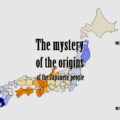

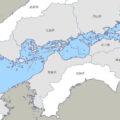


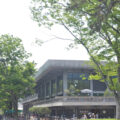



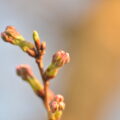
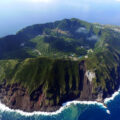
![【高知】魚を守る道、アイスハーバー型らせん魚道 – [Kochi] Ice Harbor type spiral fishway](https://yousakana.jp/wp-content/uploads/wordpress-popular-posts/50244-featured-120x120.jpeg)

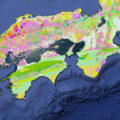
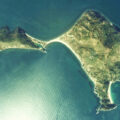


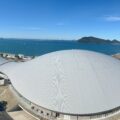

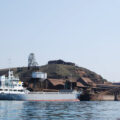
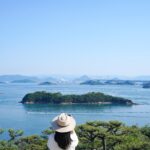
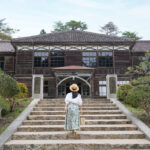
![【岡山】桃太郎伝説の鬼神・温羅の居城『鬼ノ城』 – [Oayama] “Kinojo Castle”, the residence of Ura, the demon god of the Momotaro legend.](https://yousakana.jp/wp-content/uploads/2023/06/Kinojo-Castle_Oayama-150x150.jpeg)
![【岡山 9/23まで】国宝『山鳥毛』 – [Okayama -Sep. 23] National Treasure “Sanchōmō”](https://yousakana.jp/wp-content/uploads/2024/08/sanchomo_title-150x150.jpg)
![【日本名木百選、岡山県天然記念物】高台にそびえる大きな一本桜、醍醐桜 – [Okayama] Daigo cherry tree](https://yousakana.jp/wp-content/uploads/2023/03/panorama_daigo-sakura-150x150.jpeg)
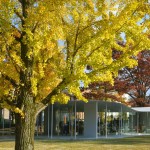

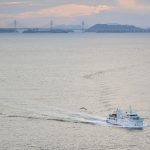
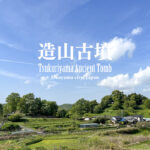
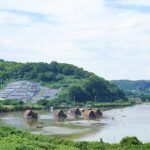
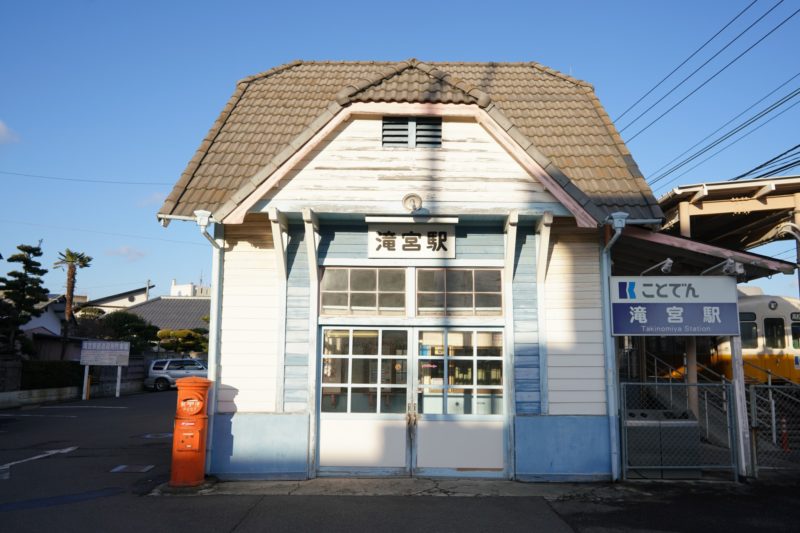
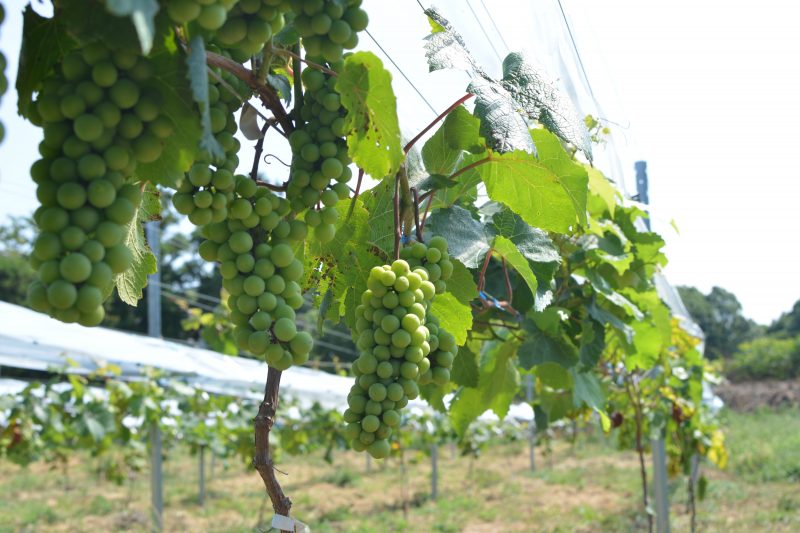
![【淡路島】丹下健三設計『戦没学徒記念 若人の広場』 – [Awajishima island] “Memorial of War Dead Students, Youth Plaza” designed by architect Kenzo Tange](https://yousakana.jp/wp-content/uploads/2015/10/DSC_1676-800x534.jpg)


![【閉店】創業60年の老舗のうどん屋「谷川製麺所」が閉店 – [Close Dec. 30th] Tanigawa noodle‐making factory at Kagawa](https://yousakana.jp/wp-content/uploads/2014/12/shippoku-udon-800x534.jpg)

![【小豆島・豊島】小豆島・豊島 秋祭りまとめ – [Shodoshima Teshima] The autumn shrine festival](https://yousakana.jp/wp-content/uploads/2016/10/shodoshima-festival-800x536.jpg)
![【香川】建築家・山本忠司設計、瀬戸内海歴史民俗資料館 – [Kagawa] “Seto Inland Sea Folk History Museum” designed by Architect Tadashi Yamamoto](https://yousakana.jp/wp-content/uploads/2022/06/Seto-Inland-Sea-Folk-History-Museum_Tadashi-Yamamoto-800x535.jpeg)
![【香川】あじさい神社に映える3000株の紫陽花。観音寺・粟井(あわい)神社 – [Kagawa] The Hydrangeas shrine](https://yousakana.jp/wp-content/uploads/2017/06/awai-shrine-800x536.jpg)
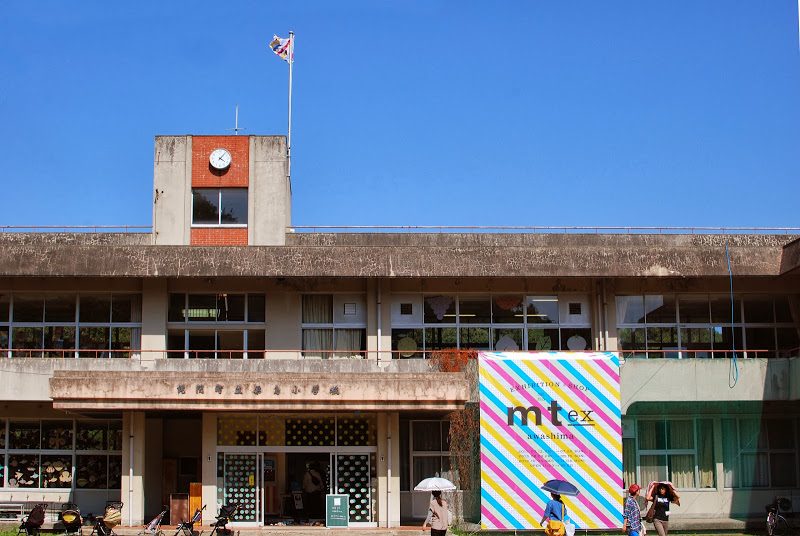

![【香川】落雷で焼けた日本最古の三間社流造様式の神社建築。国宝『神谷神社』 – [Kagawa] National treasures “Kandani shrine”](https://yousakana.jp/wp-content/uploads/2021/01/Kandani-shrine_kagawa_sakaide-800x533.jpg)


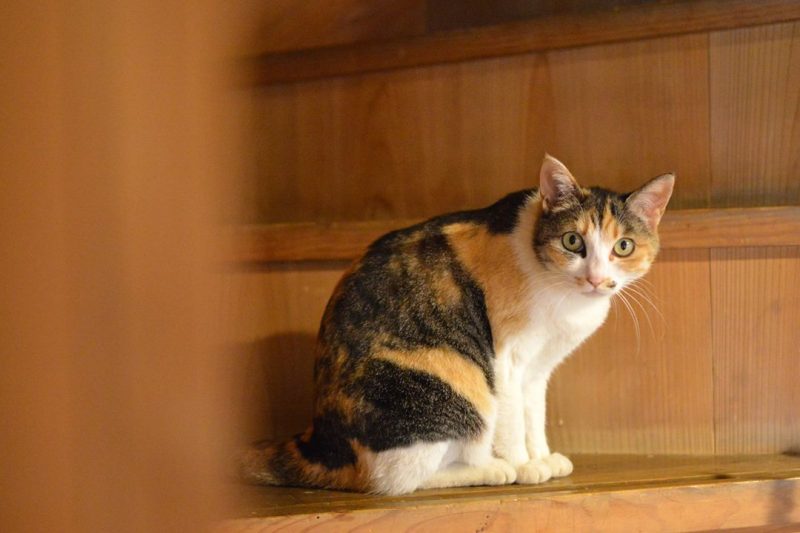
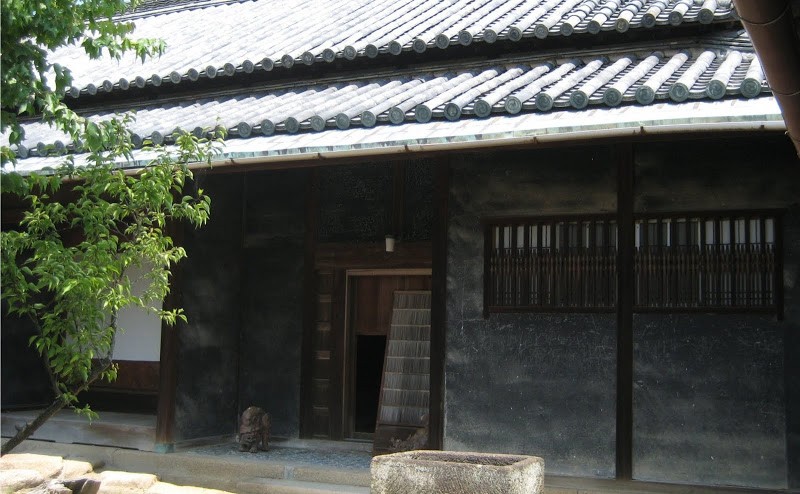
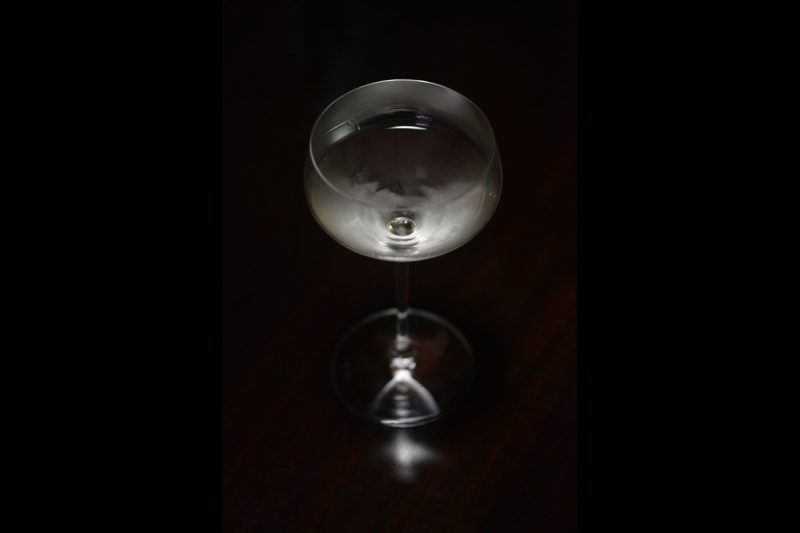


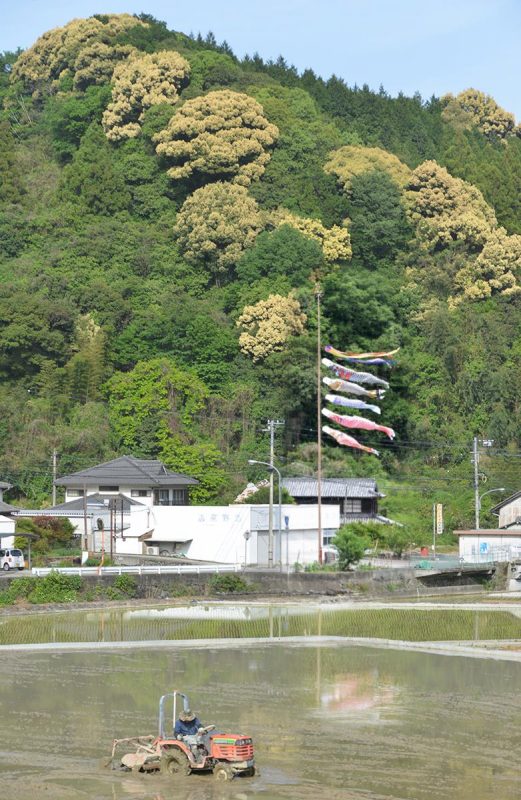
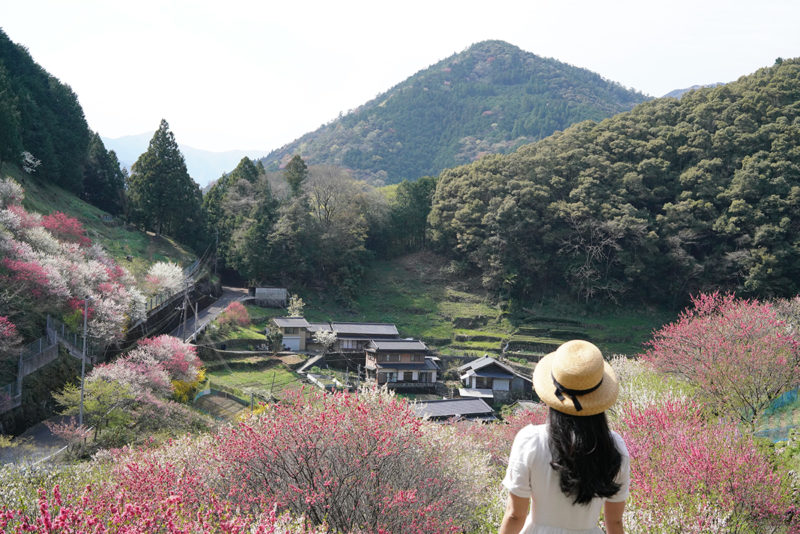
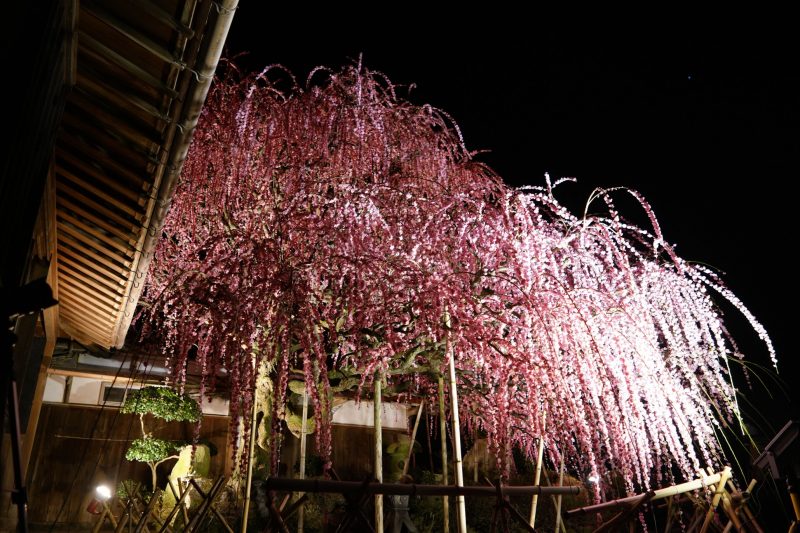
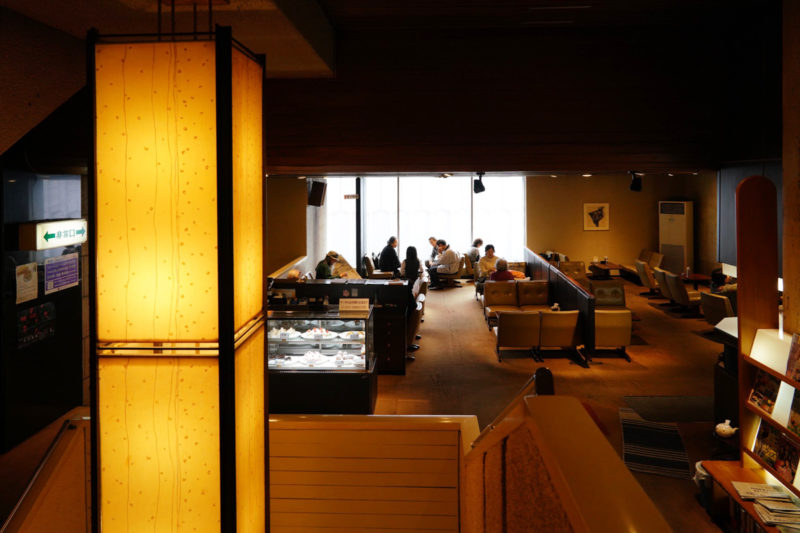
![【高知】夜の牧野植物園 – [Kochi] Night botanical garden of Makino](https://yousakana.jp/wp-content/uploads/2016/08/nightmakino-800x536.jpg)
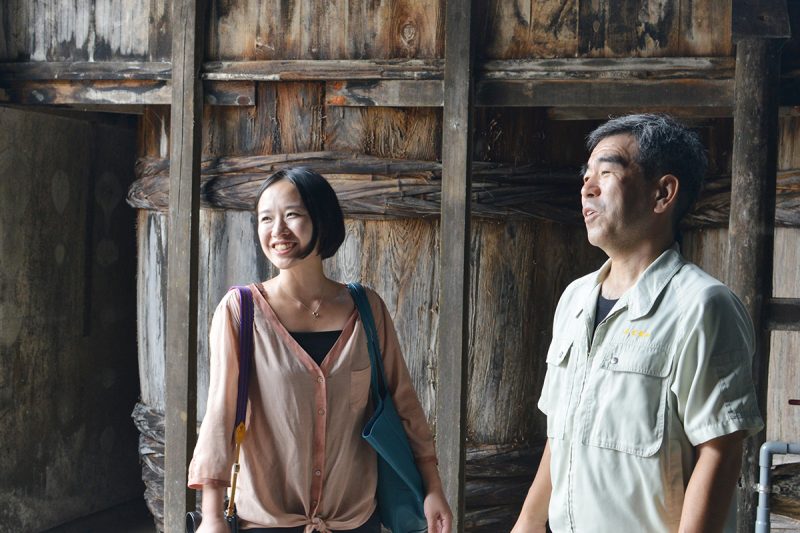



![【広島】瀬戸内海を望む礼拝堂『リボンチャペル』 – [Hiroshima] Ribbon Chapel](https://yousakana.jp/wp-content/uploads/2019/05/ribbon-chapel_onomichi_hiroshima-800x534.jpg)
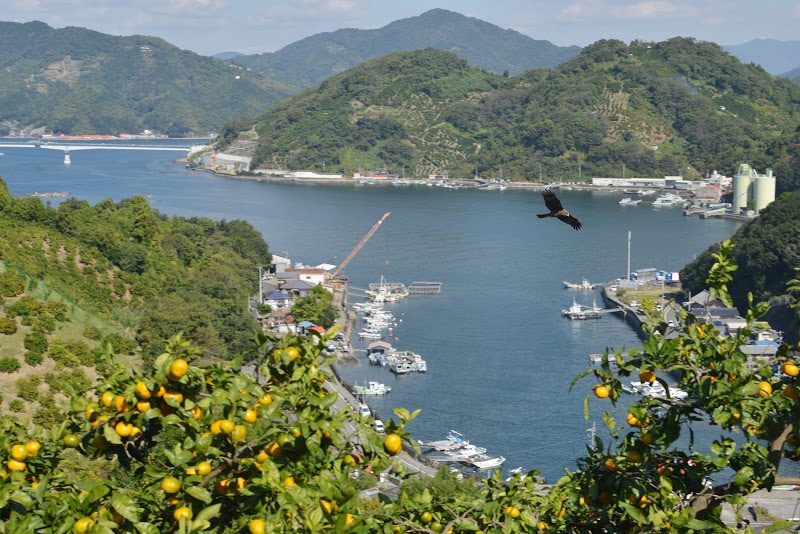
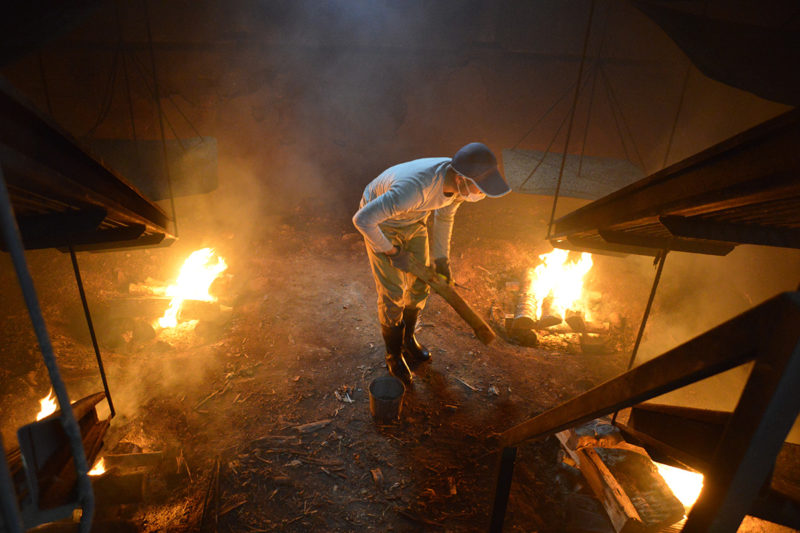
![【香川】花崗岩の採石で栄えた小さな島、小与島(こよしま) – [Kagawa] Koyoshima island](https://yousakana.jp/wp-content/uploads/2020/08/koyoshima-island-800x534.jpg)
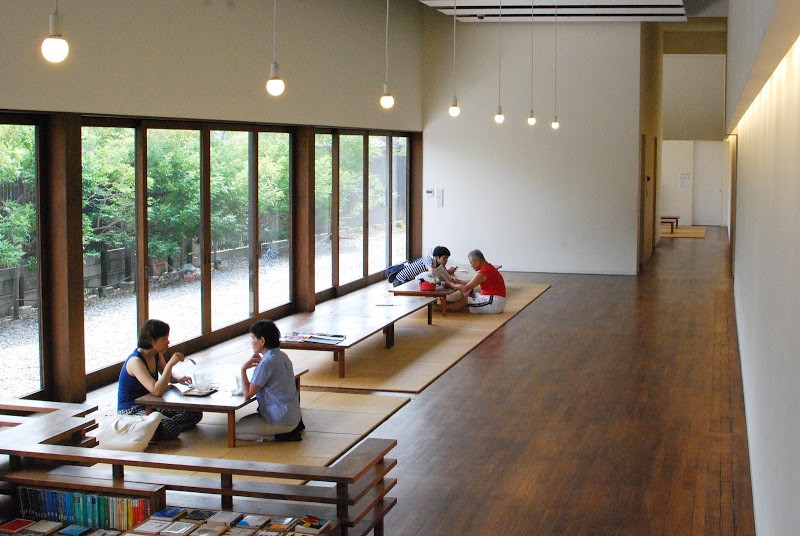
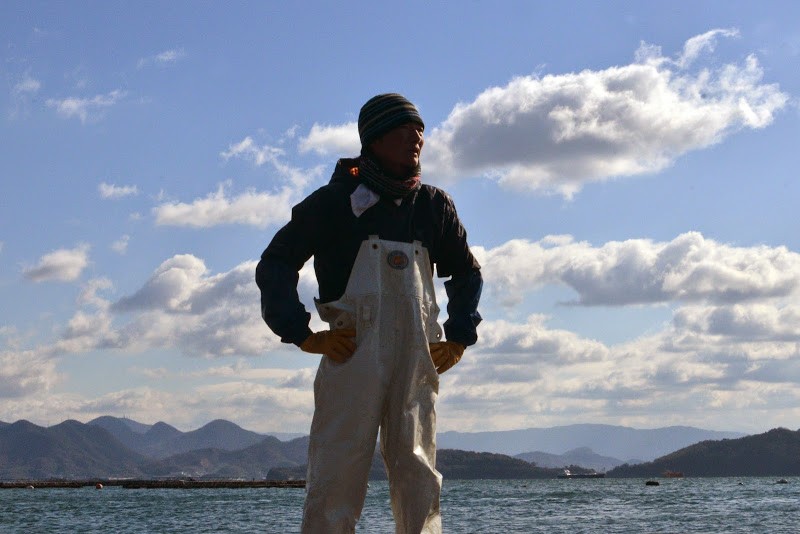
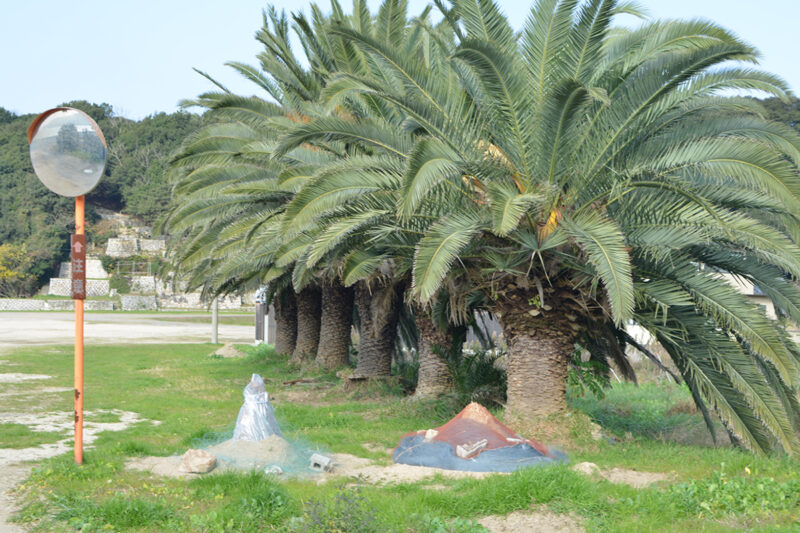


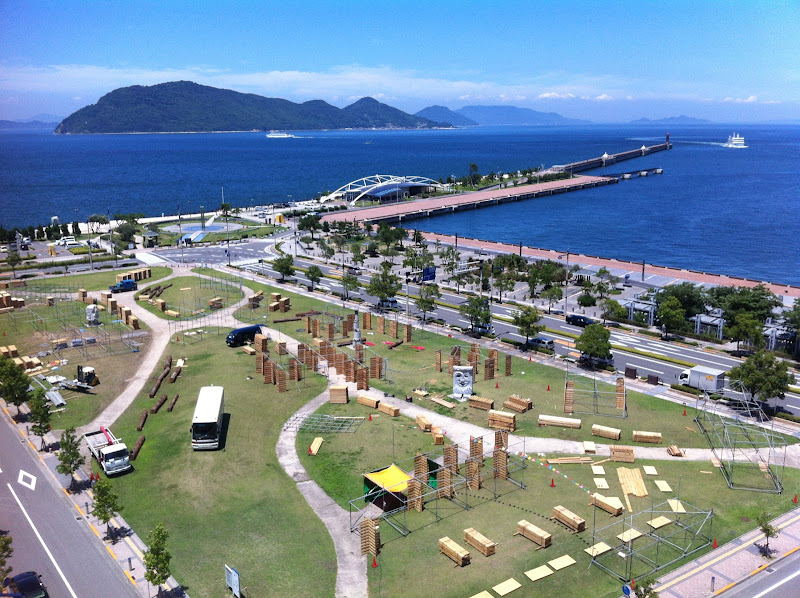

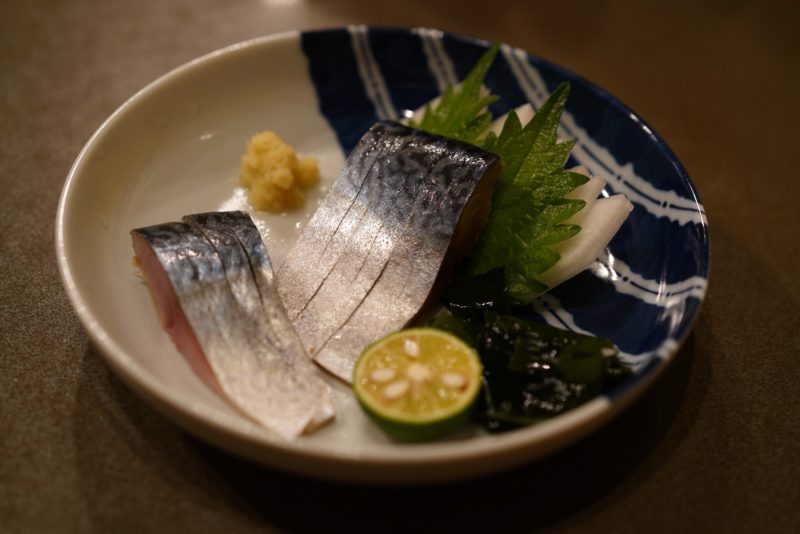
![【香川】瀬戸内海、大崎の鼻の桜 – [Kagawa] Cherry Blossoms of Osaki no hana, Setouchi](https://yousakana.jp/wp-content/uploads/2023/03/panorama_osaki-no-hana_sakura-800x485.jpeg)

![【香川 1/9-11】商売繁盛の神様、東浜恵美須神社の「十日えびす」 – [Kagawa 9-11 January] ‘Toka Ebisu’ at Higashihama Ebisu Shrine, the god of commerce](https://yousakana.jp/wp-content/uploads/2024/01/higashihama-ebisu-shrine-800x533.jpeg)
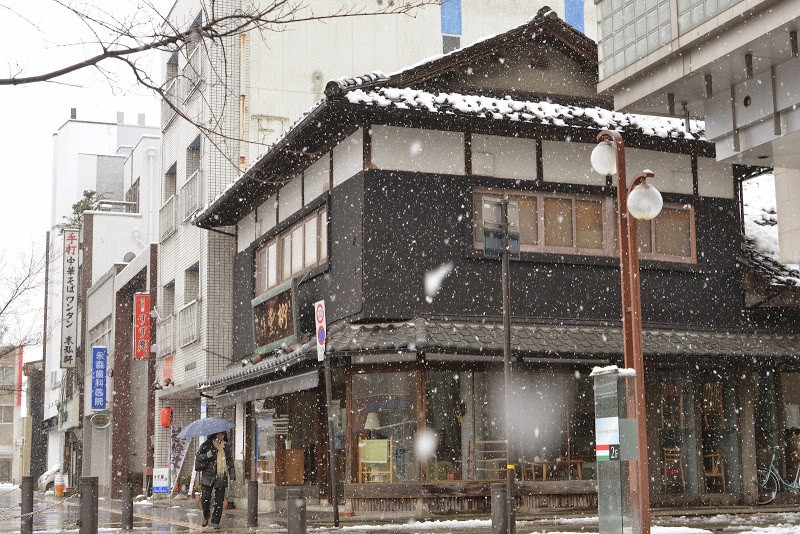
![【閉店】多くの芸術家が愛した讃岐料理「まいまい亭」 – [Closed] Maimai-tei, rendezvous for artists](https://yousakana.jp/wp-content/uploads/2018/12/hirarani-isamu-noguchi-800x534.jpg)
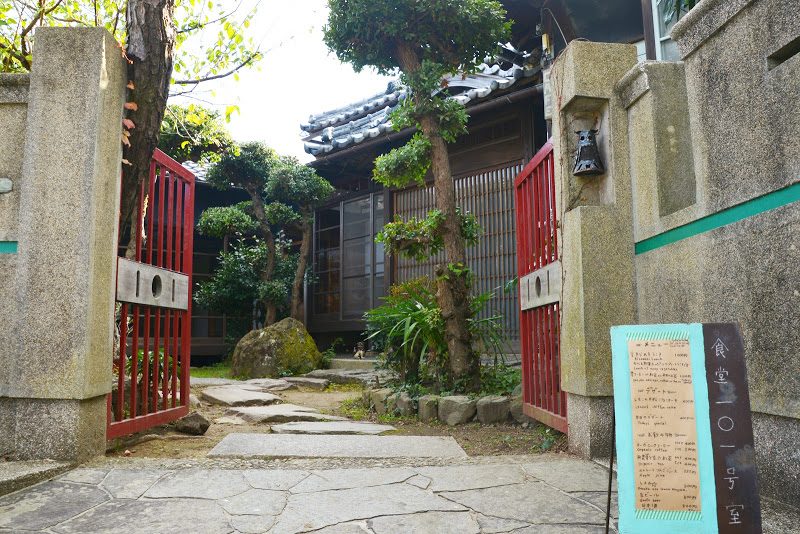


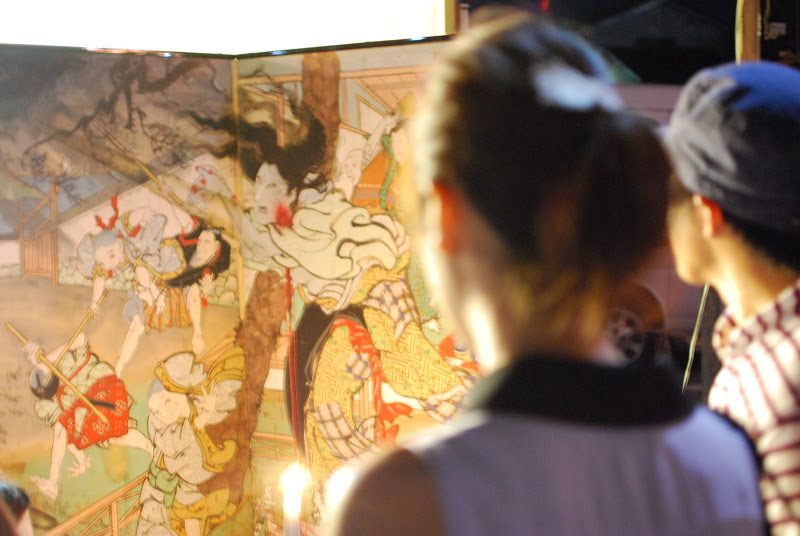
![【香川】七宝山 観音寺の鐘楼 – [Kagawa] Bell tower of Shippozan Kannonji temple](https://yousakana.jp/wp-content/uploads/2021/12/Bell-tower-of-Shippozan-Kannonji-temple_kagawa-800x534.jpeg)
![【徳島】美しい波のまち美波町。自家製パンとワインのお店『ミルアン』 – [Tokushima] homemade bread and wine restaurant “mille un”](https://yousakana.jp/wp-content/uploads/2021/12/mille-un_minami-town_tokushima-800x534.jpeg)
![【淡路島 5/27】ドラクエは淡路島から生まれた!5月27日は『ドラゴンクエストの日』 – [Awajishima island] May 27 is the memorial day of “Dragon Quest](https://yousakana.jp/wp-content/uploads/2020/05/dragon-quest-800x534.jpeg)
![【香川】山頂からの瀬戸内と讃岐平野を見渡す絶景!上佐山(うわさやま) – [Kagawa] Mt. Uwasa yama, Spectacular views over the Seto Inland Sea and the Sanuki Plain from the summit.](https://yousakana.jp/wp-content/uploads/2024/01/mt-uwasayama-1-800x533.jpeg)
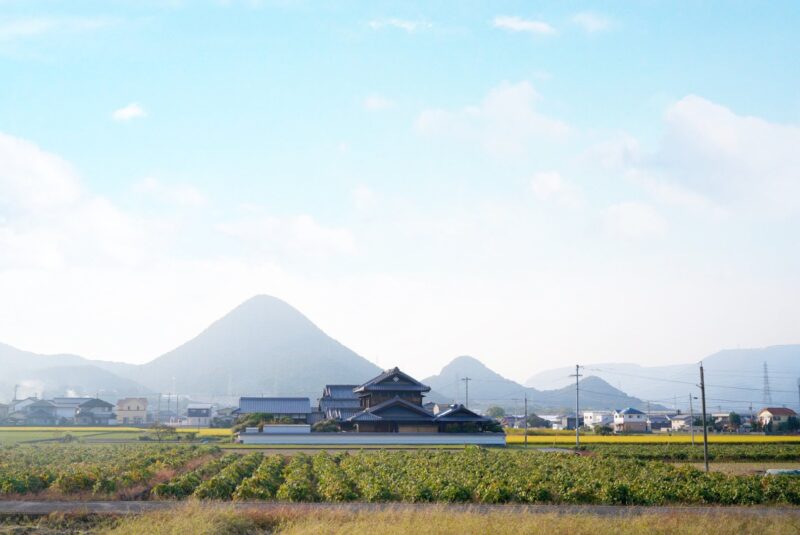
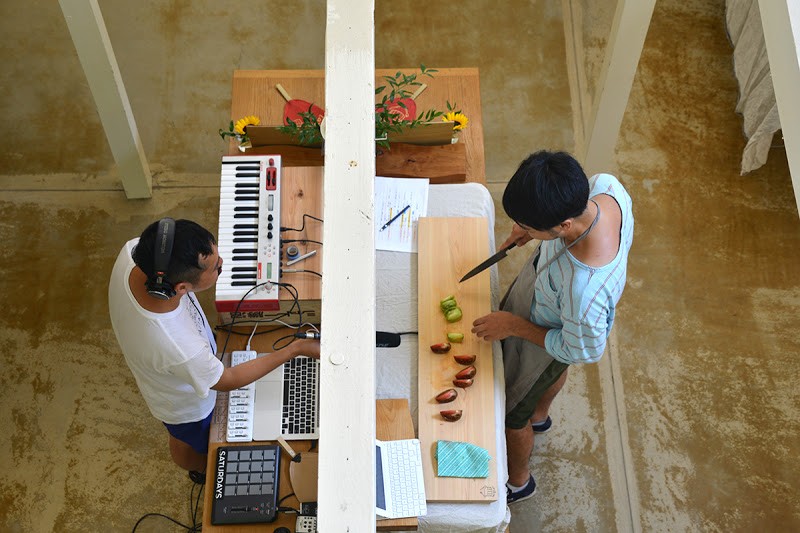

![【直島】泊まれる美術館、ベネッセハウス – [Naoshima island] Stay in the Art Museum “Benesse House”](https://yousakana.jp/wp-content/uploads/2020/12/Benesse-Art-Site-Naoshima-1-800x533.jpg)
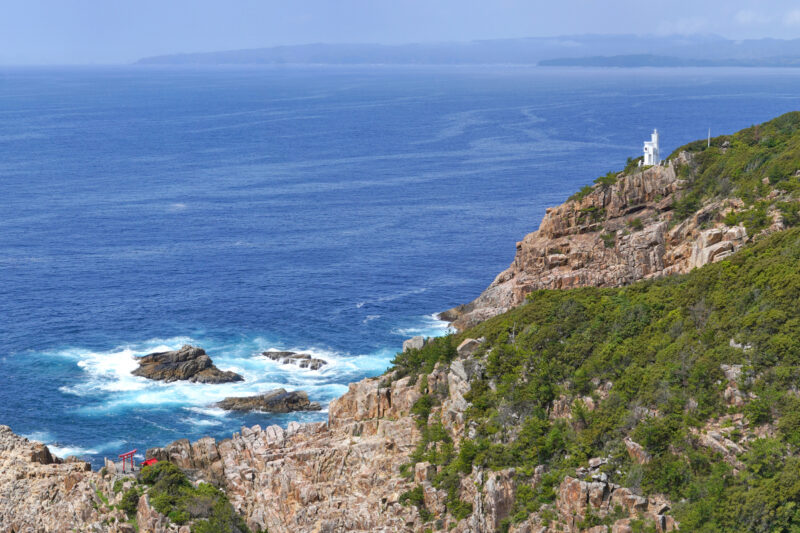
![【香川】ちょうさが集まる瀬戸内の秋祭り「白羽神社 秋祭り」 – [Kagawa] Shrine Autumn Festival with CHOUSA at Setouchi](https://yousakana.jp/wp-content/uploads/2015/09/DSC_01051-800x536.jpg)
![【香川 秋冬限定】オリーブハマチ丼 – [Kagawa Olive Hamachi season] Rice bowl topped with Olive Hamachi (yellow-tail)](https://yousakana.jp/wp-content/uploads/2020/09/Olive-Hamachi-800x534.jpg)
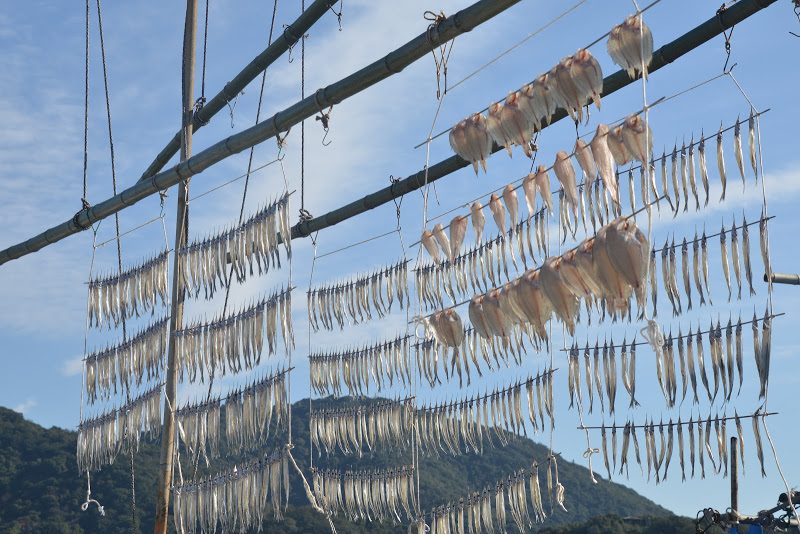
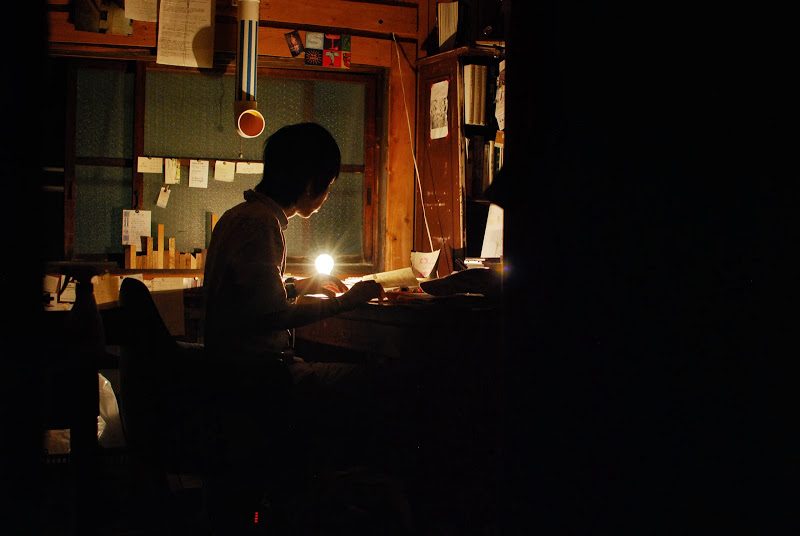
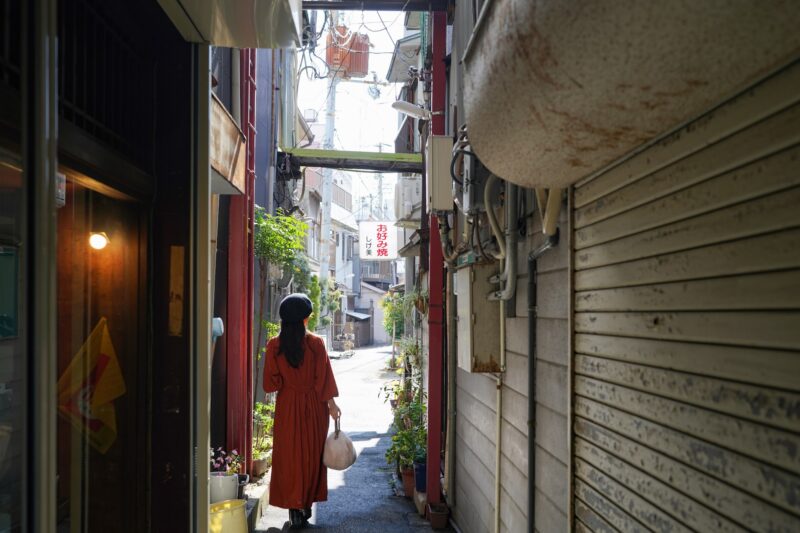

![【愛媛】1200年以上前の物語を残す伊予灘に浮かぶ『綱掛岩』 – [Ehime] Tsunakakeiwa Rock, Mishima shrine](https://yousakana.jp/wp-content/uploads/2020/09/Tsunakakeiwa-Rock-800x534.jpg)
![【岡山 国史跡】世界最古のサメに襲われた人骨、津雲貝塚で発見。3000年前の瀬戸内で - [Okayama] 3,000-year-old shark in Setouchi attack victim found](https://yousakana.jp/wp-content/uploads/2021/07/Tsukumo-Shell-mound_okayama-973x649.jpg)
コメントを残す